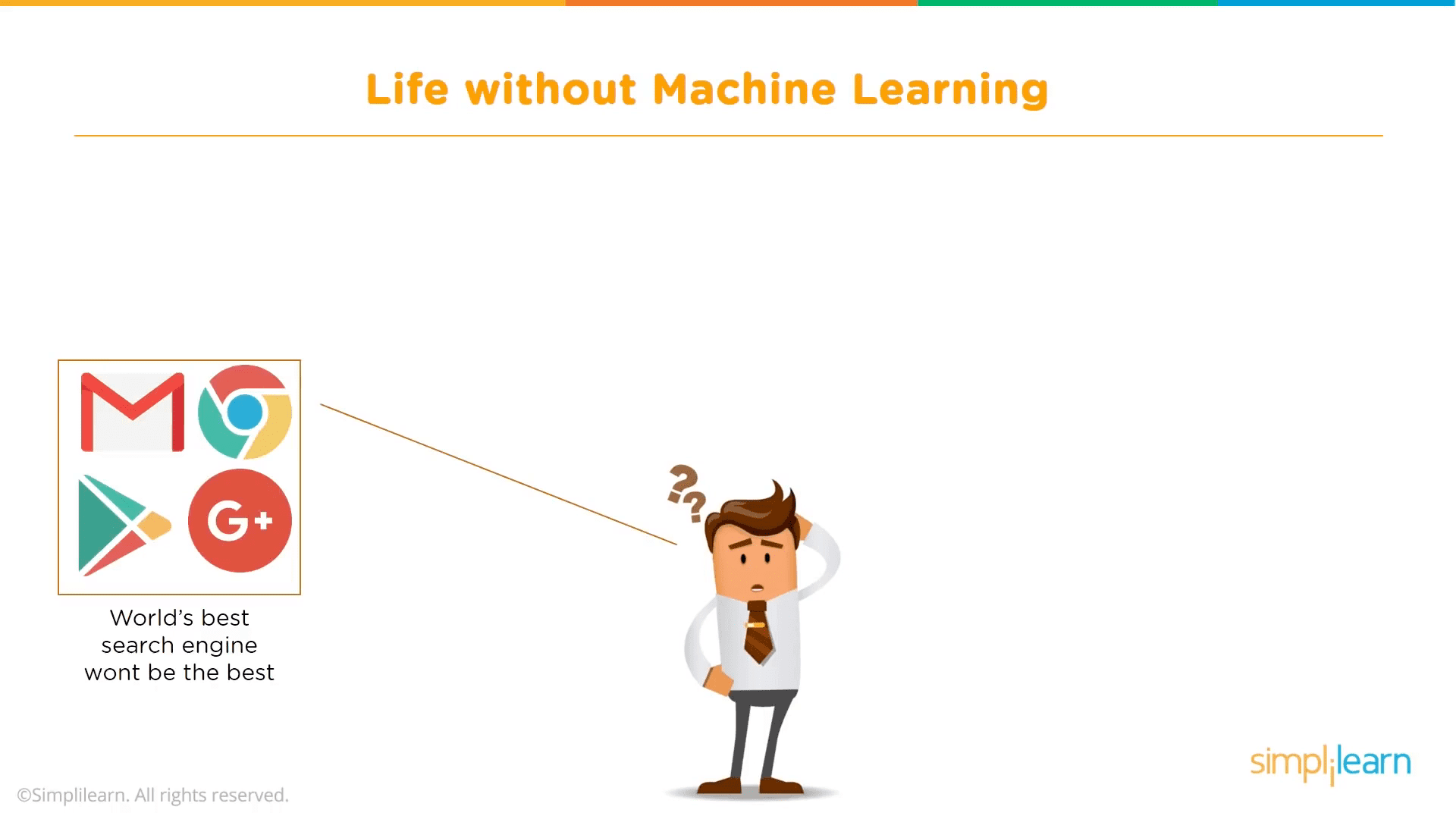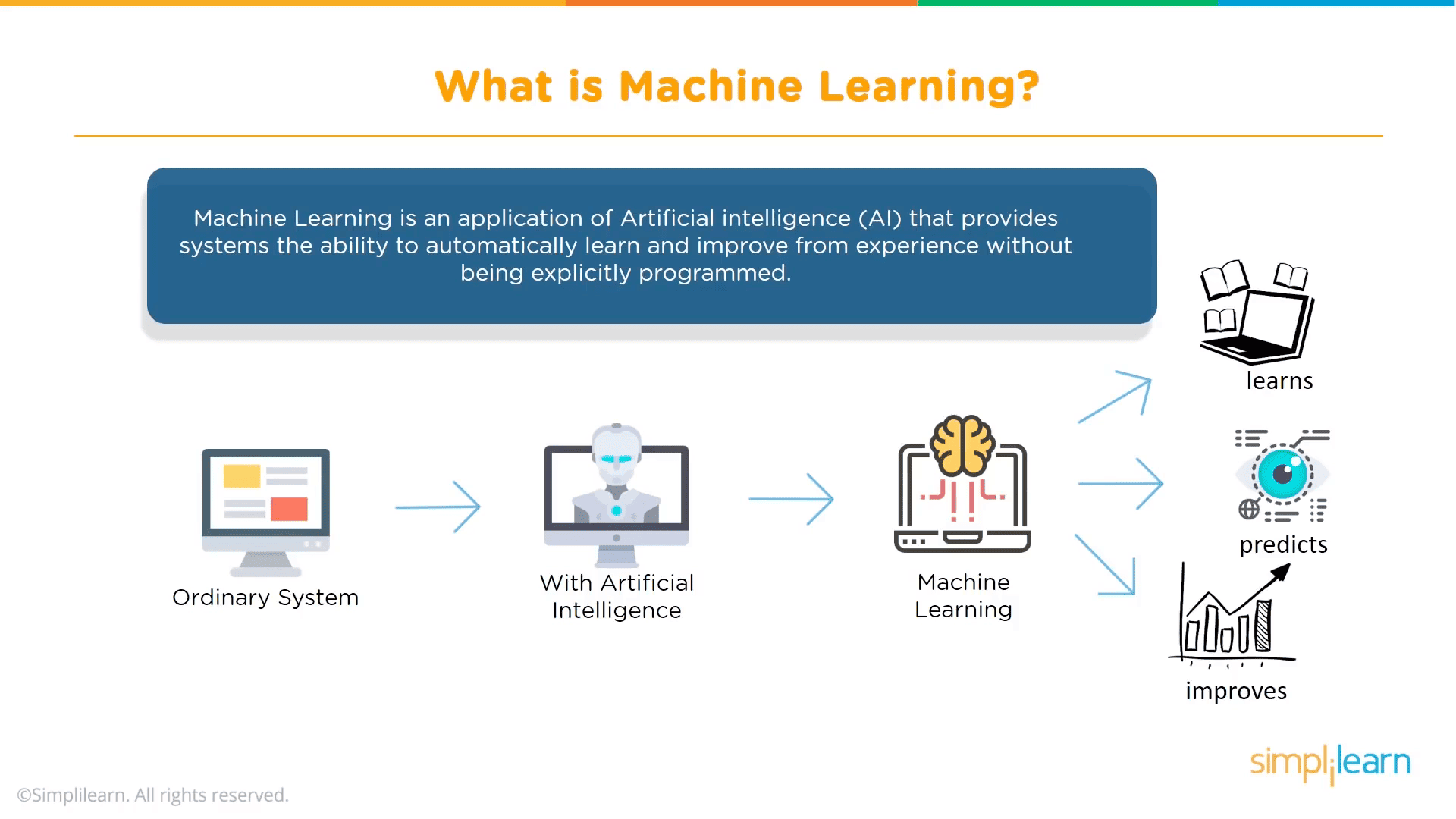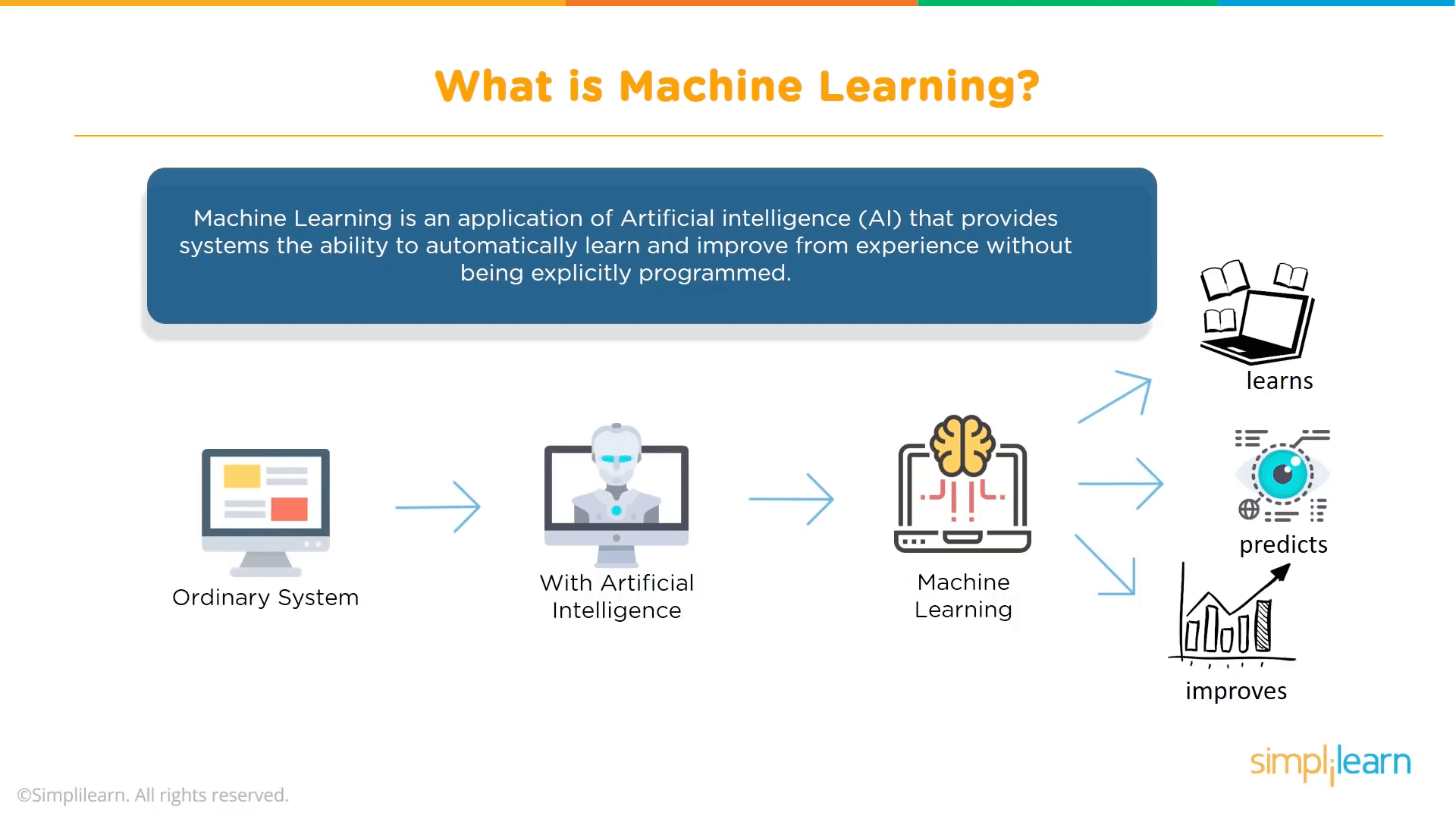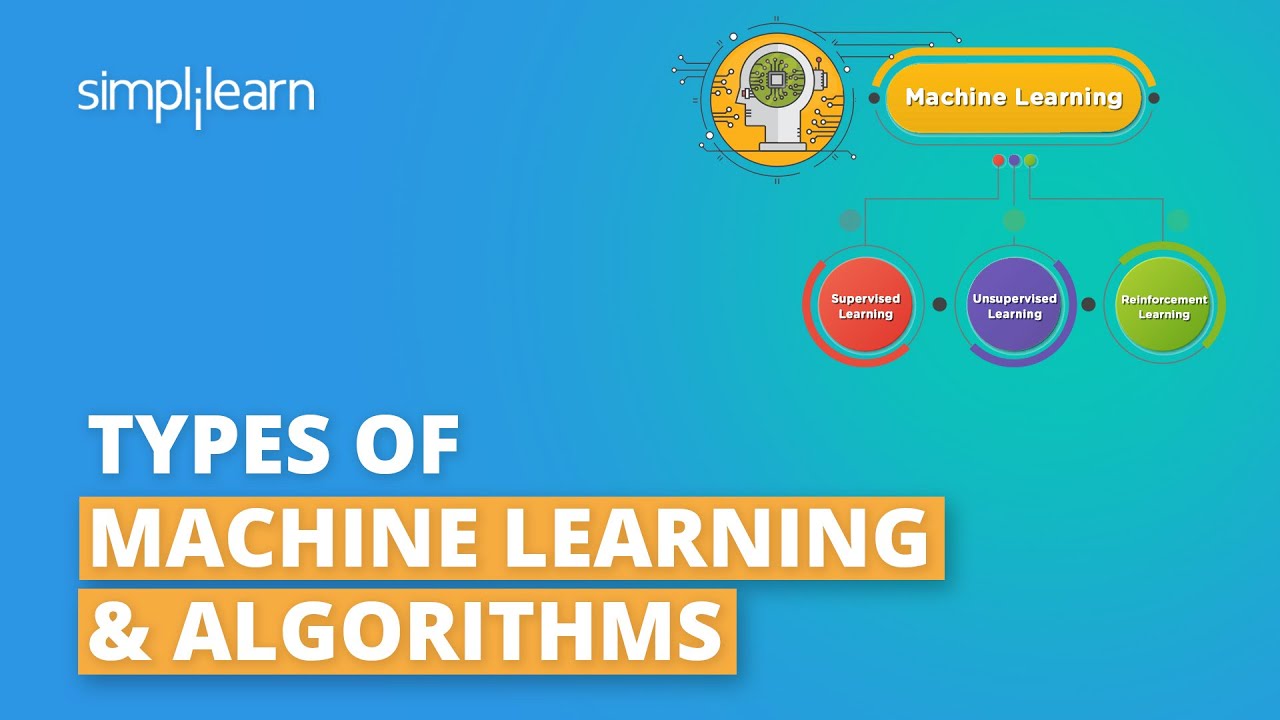Understanding the Types of Machine Learning 🤖
One notable technology of our times within the contemporary learning systems is Machine Learning. It has been adopted across various industries ranging from health to financials. In this article, various methods of machine learning will be presented, how they function and what are the examples from the real world. In the end, you will well grasp the concept of Types of Machine Learning and appreciate its usefulness in the society.
Life Without Machine Learning 🌍
Picture how life would be without machine learning. For many people, when we consider the term machine learning, we think about machines, a robot or an A.I. as demonstrated in the many films of science fiction. Nevertheless, the truth is much wider and deeper in true sense. If there were no machine learning, some of the day-to-day activities that we have today would be outright impossible.
Let’s take a scenario about searching for information. If you were in need of information about a computer, the most probable first place would be Google. In a world without machine learning, there is no way of conducting research without reading a lot of books and articles trying to get the information you required which was pretty tiresome and inefficient as well.

Furthermore, aspects such as facial recognition which is taken for granted on social networks such as Facebook and Instagram would be missing. These services normally identify persons on pictures and tag them themselves instead of waiting for everybody to do it one by one. Likewise thinks and responds on command with the help of the software learning process, personal virtual aides like Siri and Cortana.
Life With Machine Learning 🌟
Now, let’s move on to a life which is more machine learning centric than what it is now. This technology has made its place in different domains to improve user satisfaction and productivity. For example, virtual reality in gaming has changed the game of how people interact with games. Machine learning has also been incorporated into devices such as the PlayStation and Xbox to ensure one’s real movements are reflected in the game in the said virtual reality.
Computer based shopping portals for example Amazon make use of machine learning to recommend products to the user. For instance when one buys a formal t-shirt the system not only sells the t-shirt but also suggests buying shoes and a blazer to make the user buying process more intuitive. This system comprises complex algorithms that are meant to recommend products to users based on their past actions and their personal information.
Additionally, customer segmentation is another crucial application of machine learning in e-commerce. By analyzing purchasing patterns and reviews, companies can tailor their offerings to meet customer needs, ensuring a more personalized shopping experience.
What is Machine Learning? 🧠
So, what exactly is machine learning? At its core, machine learning is a subset of artificial intelligence that enables systems to learn from data and improve their performance over time without being explicitly programmed. This capability allows machines to analyze vast amounts of data, identify patterns, and make informed predictions.

For example, if you train a system with images of various fruits, it can learn to identify and categorize them based on characteristics like color and shape. Over time, the system improves its accuracy by learning from its past decisions, thus streamlining the process of fruit identification.
Types of Machine Learning 📚
Machine learning can primarily be categorized into three types: supervised learning, unsupervised learning, and reinforcement learning. Each type serves different purposes and is suited for various applications.
Supervised Learning 📊
Training a model on a labeled dataset—one in which the input data is matched with the proper output—requires supervised learning. This approach requires supervision during the training phase to ensure the model learns accurately.

For instance, if you want to train a model to identify apples, you would provide it with images of apples and label them accordingly. The model learns to associate the features of the images with the label “apple,” allowing it to make accurate predictions when presented with new data.
Unsupervised Learning 🔍
In contrast, unsupervised learning deals with unlabeled data. Here, the model analyzes the input data to find patterns or groupings without any prior knowledge of the outcomes. This method is particularly useful for clustering similar items together.
For example, an e-commerce platform may use unsupervised learning to categorize products based on customer preferences and behaviors. This helps in organizing products effectively to enhance user experience.
Reinforcement Learning 🕹️
Reinforcement learning is a unique approach where an agent learns to make decisions by taking actions in an environment to maximize a reward. It mimics the way humans learn from their experiences.
For instance, in gaming, a character may learn to avoid obstacles based on previous experiences of getting hit. When the character successfully avoids an obstacle, it receives a reward, reinforcing the behavior. This type of learning is widely used in complex environments like robotics and gaming.
Choosing the Right Machine Learning Solution 🔧
Choosing the appropriate machine learning solution is crucial for the success of any project. Factors such as the problem statement, data size, quality, and complexity play a significant role in determining the right approach.
For instance, if the problem requires predicting stock market prices, a supervised learning solution would typically be the best choice. On the other hand, if the data is cluttered or unlabeled, unsupervised learning may be more appropriate.
Machine Learning Algorithms ⚙️
Machine learning algorithms are the methods used to solve specific problems. Here are some of the key algorithms:
- Classification: Used for yes/no or categorical outputs. Typical algorithms are logistic regression, random forests, and decision trees.
- Regression: Used for predicting numerical values based on input data.
- Clustering: An unsupervised learning method used to group similar data points. Algorithms like k-means are commonly used.
Key Algorithms Explained 🔑
Let’s delve deeper into some widely used algorithms:
K Nearest Neighbor (KNN) 🌐
KNN is a classification algorithm that classifies data points based on the closest training examples in the feature space. The ‘k’ in KNN represents the number of nearest neighbors to consider when making a prediction.
For example, if you have three clusters of sports balls and you want to classify a new ball, KNN will consider the closest balls in the dataset and classify the new ball based on the majority class of those neighbors.
Linear Regression 📈
This algorithm establishes a linear relationship between dependent and independent variables. It is commonly used for predicting outcomes based on input data.
For instance, predicting a person’s weight based on their height involves establishing a linear equation that best fits the data points representing height and weight.
Decision Tree 🌳
Decision trees use a branching method to represent decisions and their possible consequences. Each node represents a feature, and each branch represents a decision rule.
For example, if you want to decide whether to go swimming, the first question might be whether it’s sunny outside. Depending on the answer, you branch off to further questions until you reach a final decision.
Naive Bayes 📬
This algorithm uses the Bayes’ theorem with a constrained form of features dependency. It is the most promising for large amounts of data.
If we take an example of spam filtering of emails, then naive bayes can work for determining spam based on the likelihood of certain words appearing in spam emails versus non-spam emails.
Conclusion: Types of Machine Learning 🏁
It is without a doubt that machine learning is a powerful technology and has changed the way things are done with data and making forecasts. To harness the power of machine learning in different arenas, it is necessary to learn its types, algorithms, and areas of application. Machines learning will keep on developing and most certainly will influence tomorrow in ways that have never been imagined.
Last but not least, we always appreciate and encourage users to leave their comments, questions, or feedback below. Do not miss our next post, and more of them technology will follow.
